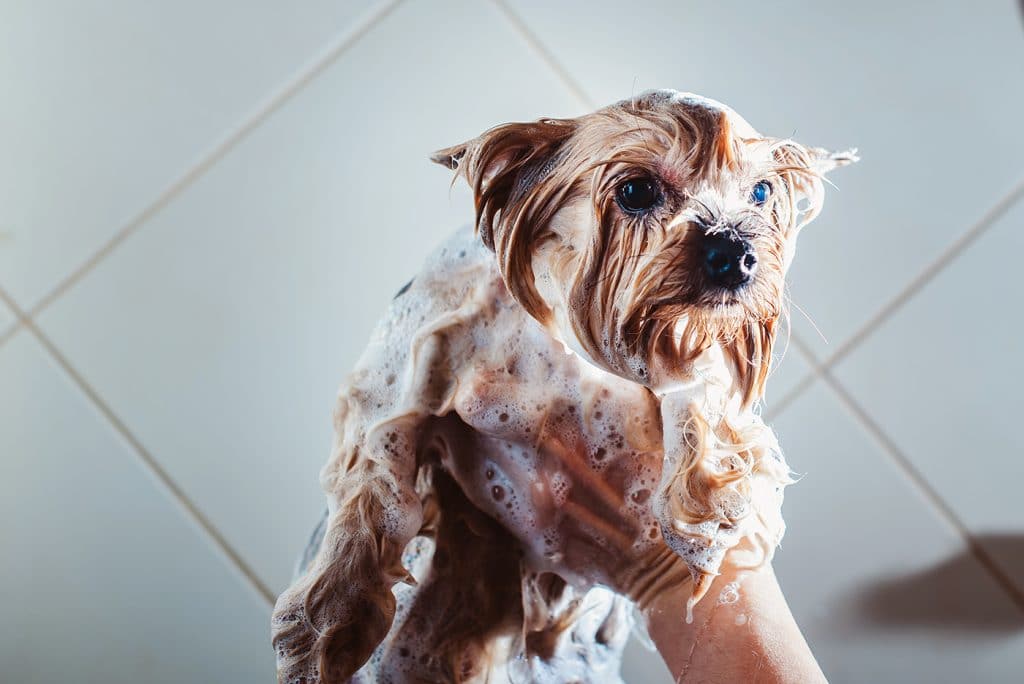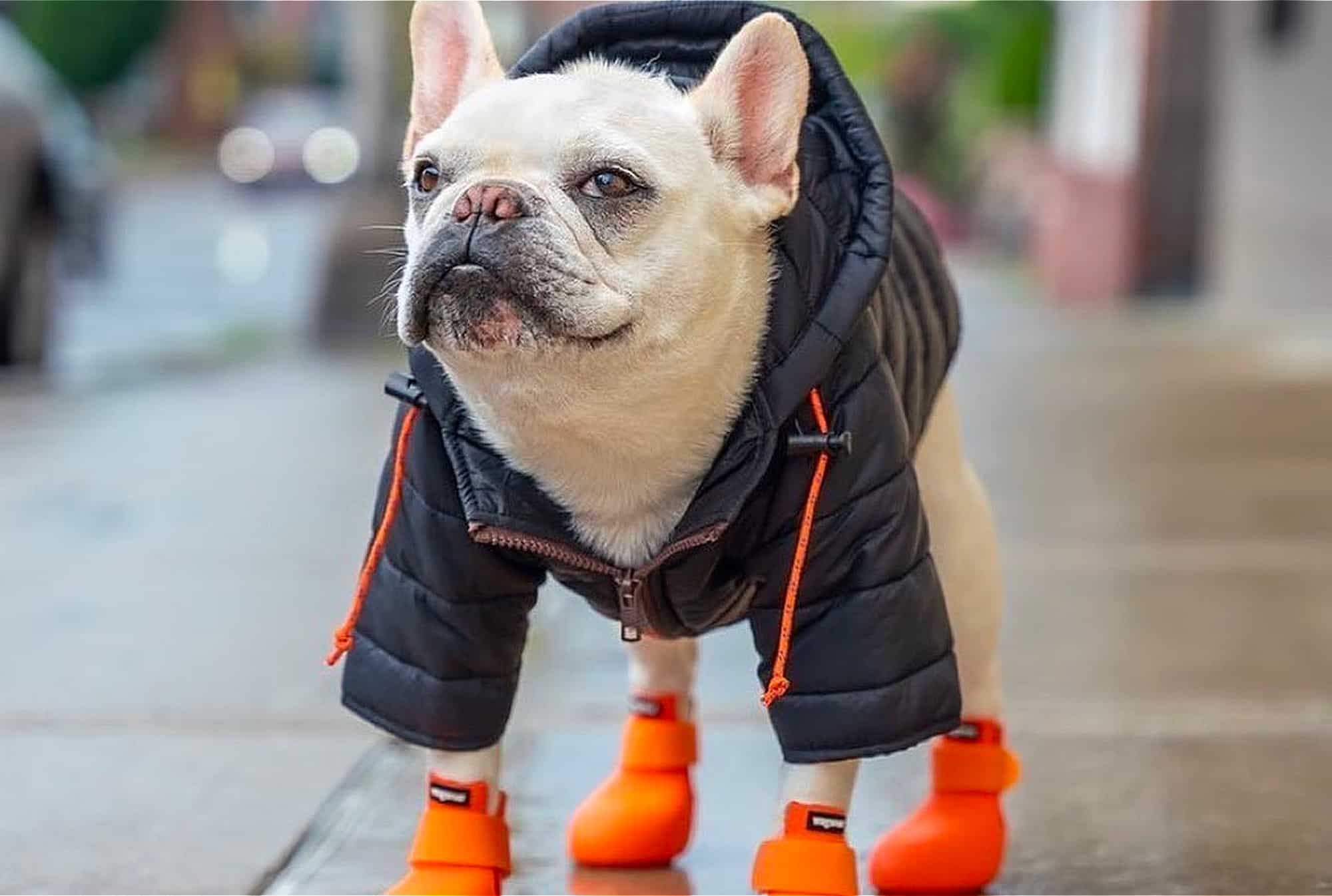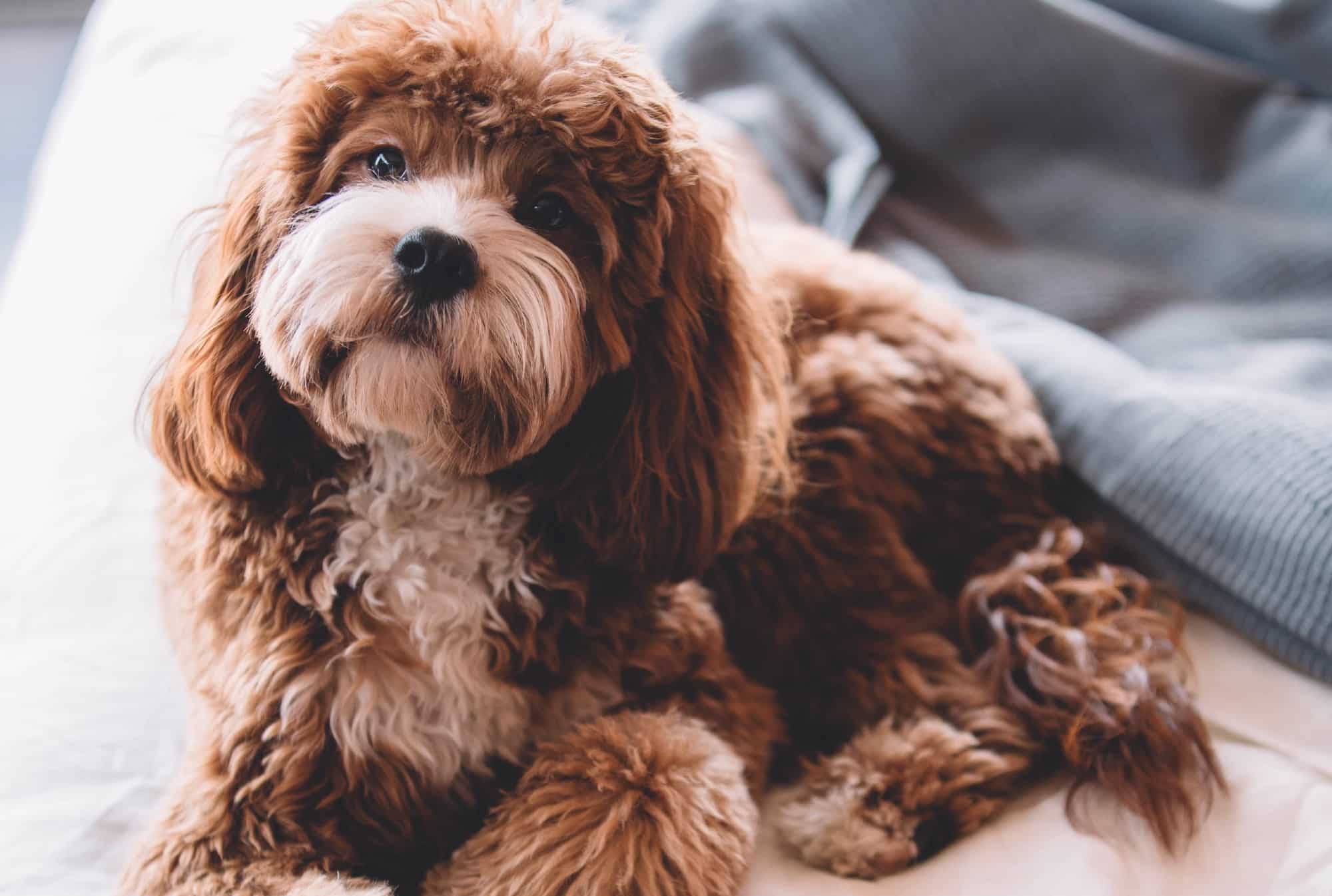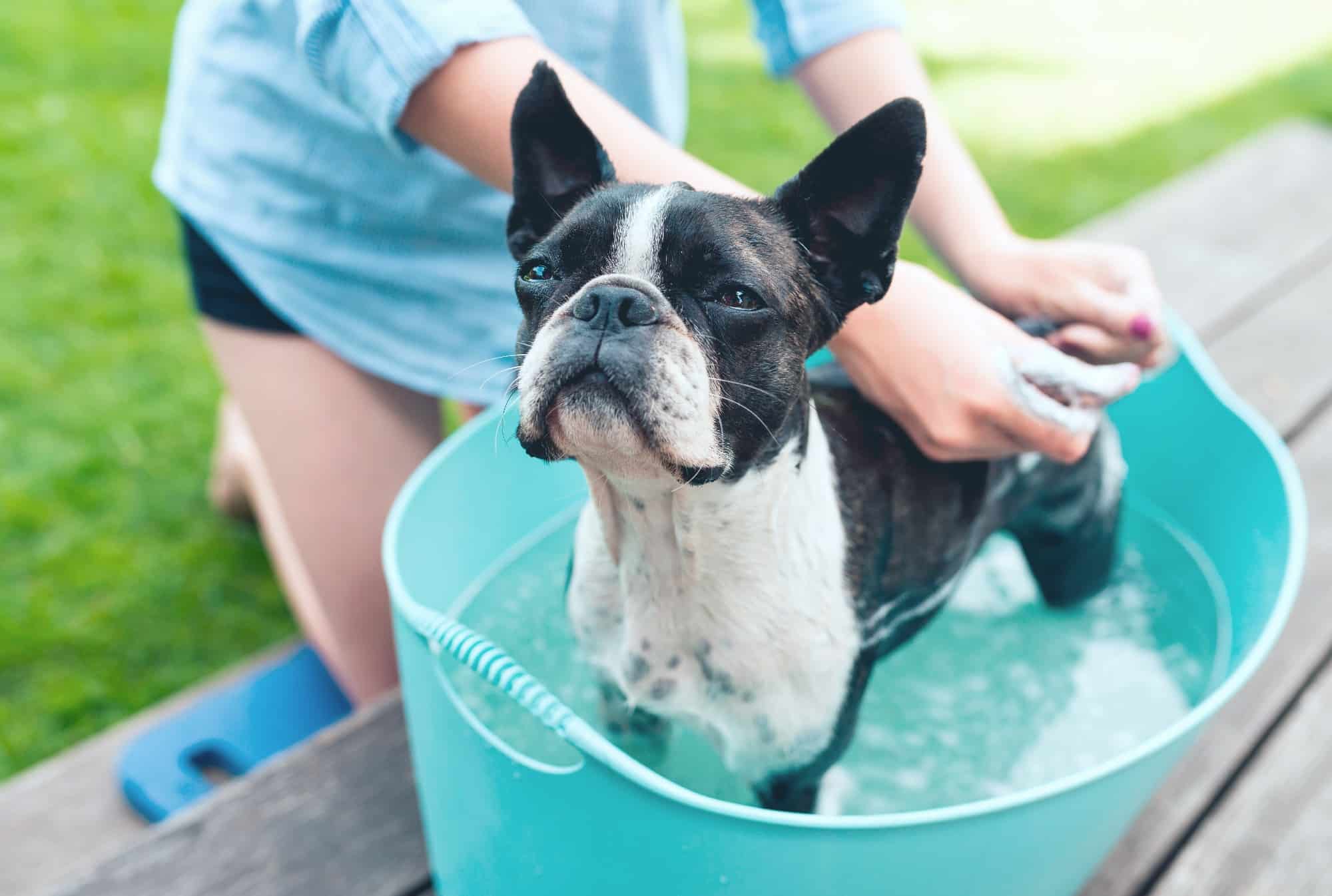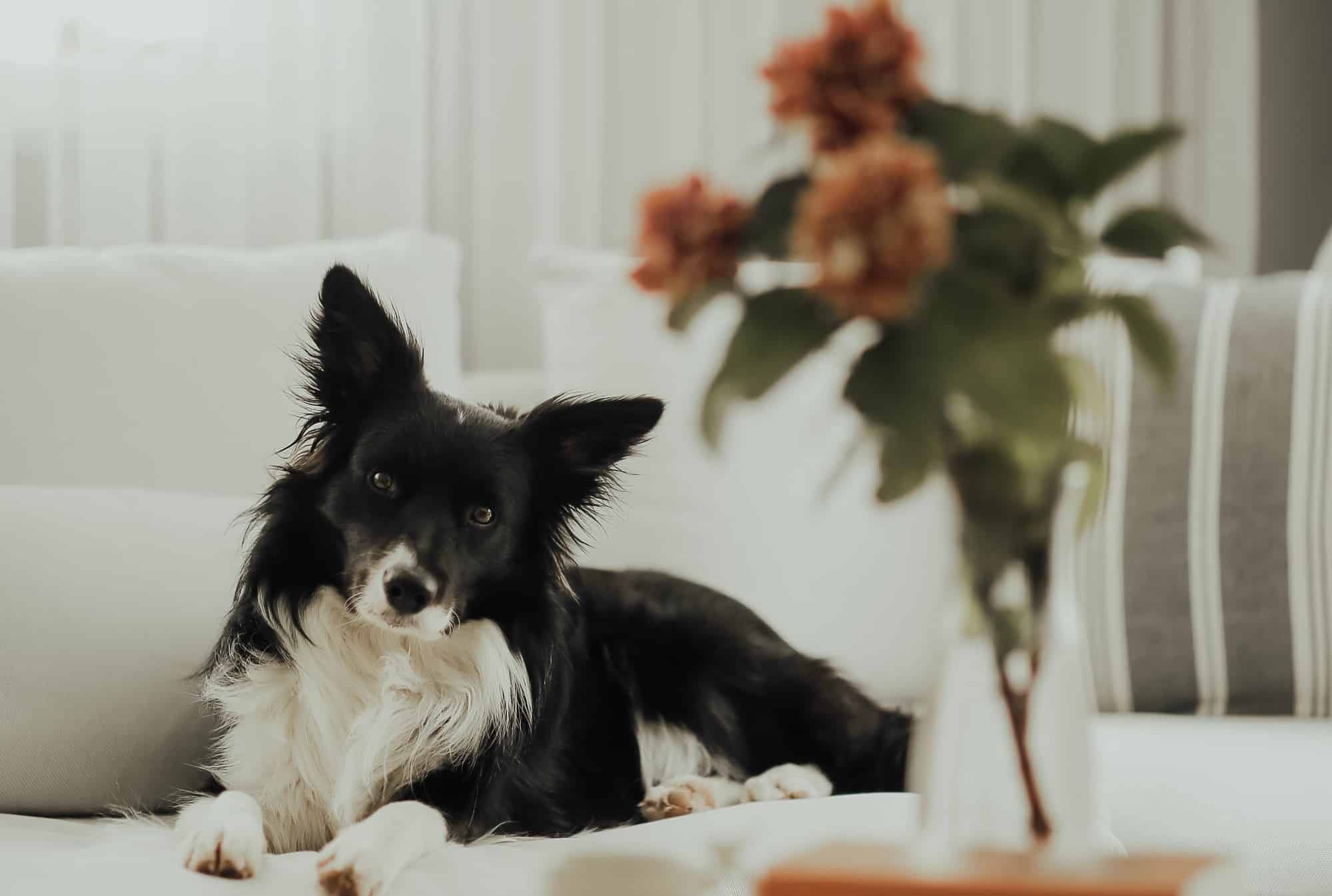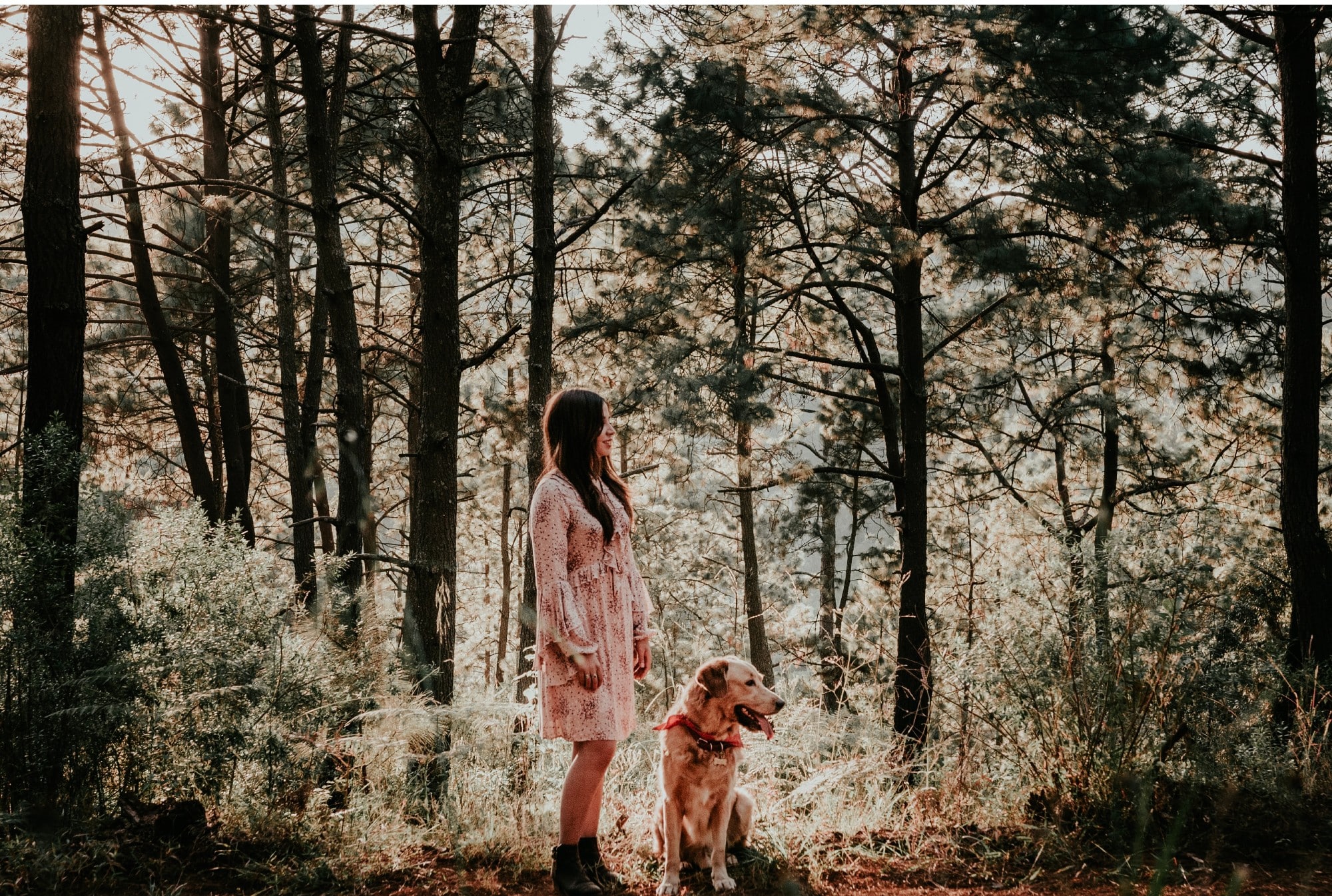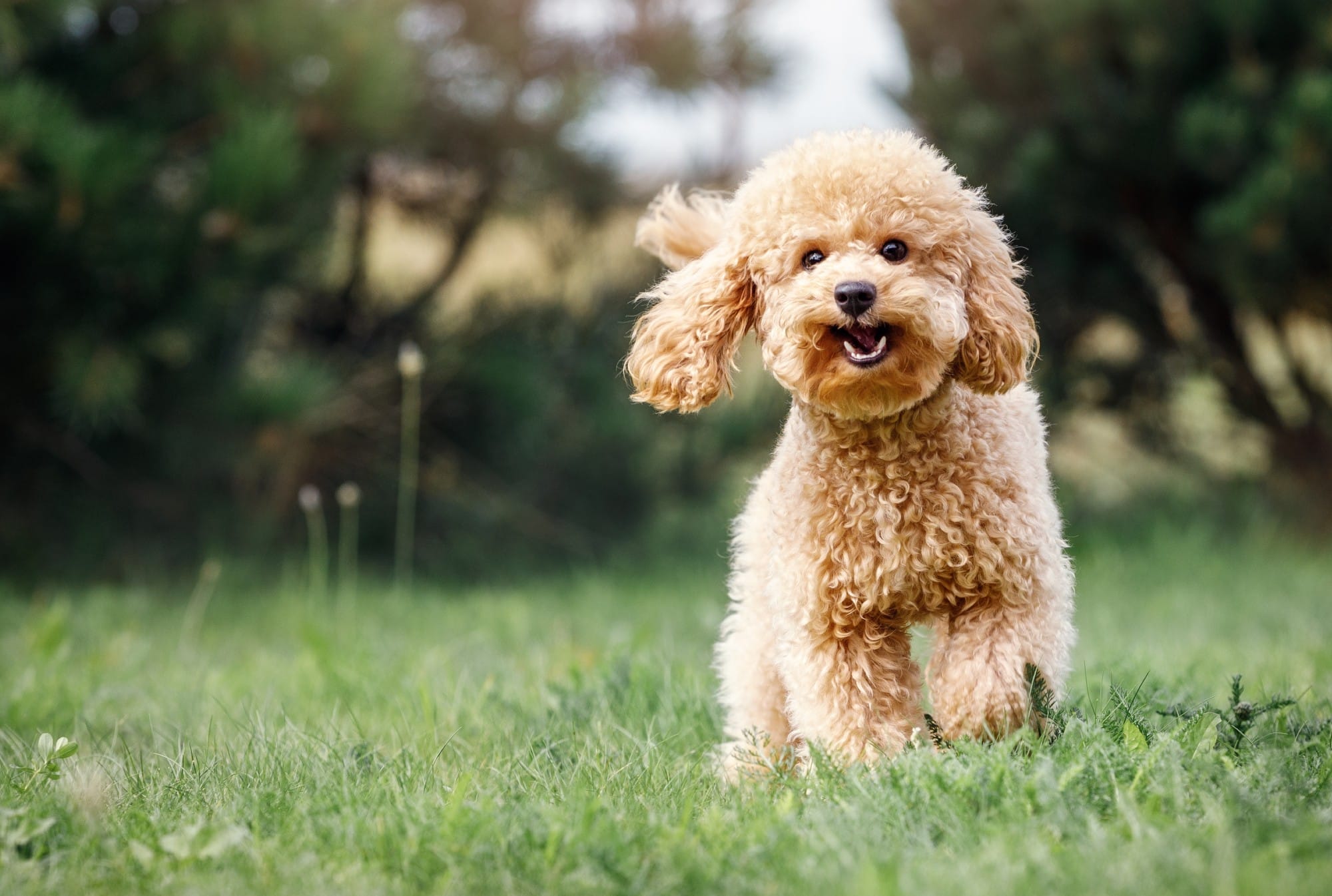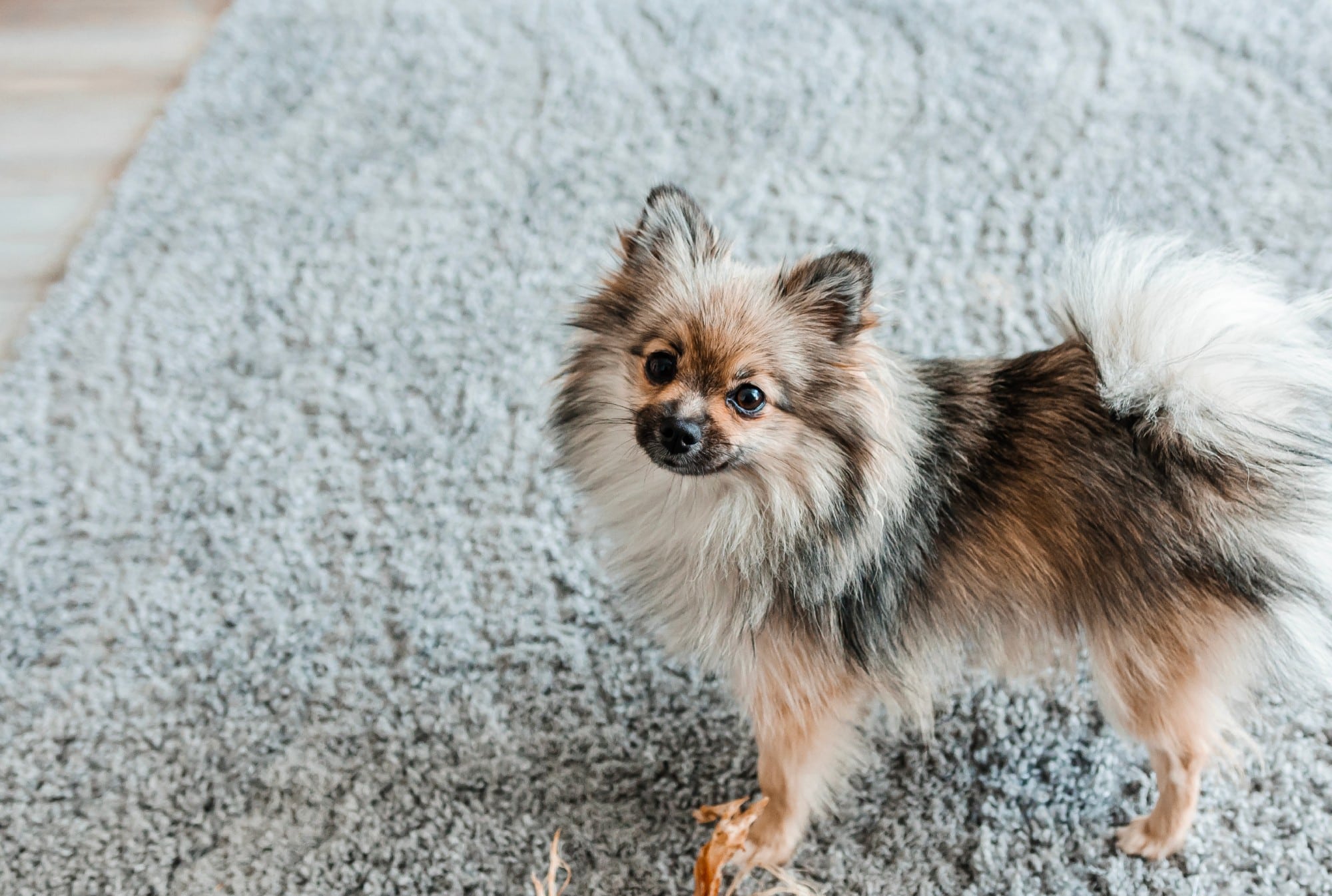Grooming your dog at home is an important part of being a dog parent — but it’s no walk in the park. Still, living (and sleeping) with a dog who is stinky isn’t exactly fun.
Even if you have your pooch professionally groomed, dog parents still have to clean their skin and coat and brush out dirt and tangles. Otherwise, massive (and painful) mats will form, which can irritate your dog’s skin and may even cause a nasty infection. And for dogs that shed, grooming can help cut down on the clouds of dog fur, especially during seasonal changes when some breeds shed heavily.
A dog’s coat provides protection from the weather and the environment, and brushing helps keep the coat healthy — particularly for dogs with undercoats. In the summer months, a dog’s undercoat is usually fluffier and thinner, which lets air flow under the outer coat to keep the dog cooler, says Jorge Bendersky, a celebrity dog groomer and bestselling author of DIY Dog Grooming, From Puppy Cuts to Best in Show: Everything You Need to Know. But this natural protection only works if the undercoat is brushed out to remove excess fur and the if outercoat is keep tangle-free.
“We change our wardrobe every season,” says Bendersky. “Most dog breeds have double coat, and every winter and summer, they change their undercoat. We could call that their ‘wardrobe’ change.”
Grooming your dog takes patience and some skill. Here are some tips to help you and your dog get comfortable with the process.
What Is an At-Home Grooming Session
“With enough time and dedication, an owner can do pretty much all aspects of grooming at home,” says Steffi Trott, the founder and trainer at SpiritDog Training in Albuquerque, N.M.
And when we say grooming, it can include:
- Brushing
- Bathing
- Nail trimming
- Cleaning ears
- Cleaning eyes
If all this seems like a lot, and you don’t have a cooperative dog, don’t panic. Each task can be done separately until your dog gets used to it.
“The most important aspect is to make any grooming activity — whether that is brushing, bathing or trimming nails — part of normal daily life,” says Trott. “It is much easier to do a little bit every day or every other day than to surprise your dog with a big grooming day once a month.”
Related: Want Your Dog to Have a Lustrous Coat and Healthy Skin? Try These 8 Foods.
Before you jump in though, learn the correct and safe way to groom your dog to avoid pain or injury. This includes learning techniques and stocking up on the right products. And then wait until your dog is already tired before you start grooming, says Trott. “An ideal time would be after a long walk, or after your dog has just played fetch with you or ran around with other dogs and is ready for a nap.” He will be calmer and more amenable to holding still than trying to groom him after he has just woken up and is ready to go.
Brushing
Brushing your dog regularly is essential. Brushing removes dirt, excess fur, debris, and cuts down on shedding. It also helps distribute the natural oils in your dog’s coat and skin, which keeps the coat shiny and healthy.
Both long-haired and short-haired dogs need to be brushed. However, brushing a long-haired pup takes a bit more finesse than a breed with short hair because their coat can get tangled and matted, which ends up being extremely painful when the dog moves as the mats pull on the skin. But trying to comb through a mat or a tangle can also be painful — unless you know what you’re doing.
It’s best, of course, to brush your dog frequently to prevent any mats and tangles from forming. If you have a dog with mats, before you start brushing, make sure to gather the right tools. You’ll need a tool that breaks up mats, a product that helps detangle the mat like cornstarch or a professional product, a slicker brush and a detangling comb. (Keep in mind, every dog’s coat is different, so the tools may vary.)
Related: Here’s What to Do If You Have a Smelly Dog
Hold the mat tightly at the base as close as you can to your dog’s skin. This will help prevent damaging and hurting the skin, while your hand will protect your dog from “brush burn.” Apply the cornstarch or detangler, rub into the mat and use your fingers to gently separate the fur. Then use the mat breaker to split the hair clump into strands. Brush through the mat with the slicker brush, being careful not to let the wire bristles touch the skin. Finish with the detangling comb.
If your dog yelps and seems to be in pain, stop what you’re doing and get your dog to a professional groomer. Then keep up with regular brushing sessions to prevent any mats in the future.
“Generally speaking, you want to keep your dog on a brushing schedule that prevents matting completely,” says Trott. “If you discover little mats and knots behind your dog’s ears or in his armpits, too much time passed between brushing sessions.”
Brushing is obviously easier if your dog can actually learn to enjoy it. “Brushing can be introduced as part of a massage,” says Trott. She suggests starting by stroking your dog’s back in long, even strokes and then gradually begin using a brush instead of your hand. “If your dog is already relaxed and dozing off, he may not even notice the switch to the brush,” she adds.
Some dogs are harder than others. For these wigglers, wrestlers and whiners, you may have to resort to treats. “You can also give him a bully stick or bone to chew on while you brush him,” advises Trott. Also, Kongs or other puzzle toys may keep him distracted.
Bathing
Some dogs love a spa day in a warm bath. Others will fake death to avoid a bath. If you have one of these fakers, you may not be able to switch her into a spa lover, but there are things you can do to make it more comfortable.
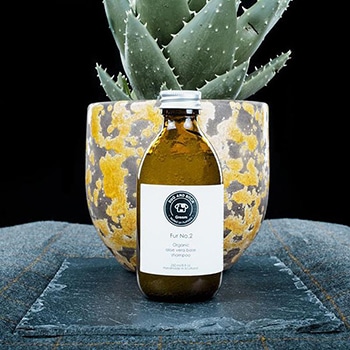
SHOP NOW
Before you pop your dog in the bath or the kitchen sink, gather the appropriate dog shampoo and towel. Put down a non-slip mat. They come in sizes for bathtubs or kitchen sinks. Do not use human shampoo as it has a different pH than what is best for a dog. Dog shampoos range from hypoallergenic and moisturizing to therapeutic. It’s a good idea to use tear-free or hypoallergenic on your dog’s face to prevent irritating the eyes.
Consider getting a shower-spray attachment for the bath or kitchen sink. These come in different designs from the most basic to specific setups for a showerhead. If you have an outdoor area, you can get a shower sprayer that will hookup to a garden hose or faucet.
Related: 3 DIY Dry Shampoos for Your Dog You Can Make at Home
During winter, you may want to use a hairdryer. There are hairdryers made especially for pets with lower temperatures and less noise. If you do use a human hairdryer, keep the nozzle a few inches away from your dog’s fur, keep the temperature on warm or cool and keep it moving to prevent burning.
And if your dog isn’t having it, consider distracting her, says Trott. “Let her lick some peanut butter, for example from a spoon that a family member is holding, while you gently rinse her off and apply some shampoo.” You can also use an attachable treat dispenser.
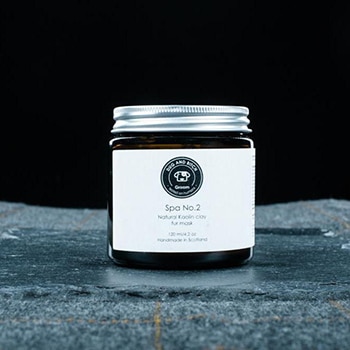
SHOP NOW
“Bathing can be stressful for dogs that rarely experience it, so bathing your dog regularly will go a long way towards making her comfortable,” says Trott.
Nails, Ears and Eyes
To complete your home grooming, you’ll need to cut your dog’s nails and clean the eyes and ears. The hardest of these jobs, and probably the scariest for you and your dog, is nail clipping.
“Clipping nails mostly becomes scary for dogs when you hit their ‘quick,’ which is the nerves and blood vessels in the upper part of the nail,” says Trott. “Use a lot of caution to avoid this and trim them every week. Only take off small amounts of the nail at a time to be sure that you do not hurt your dog.”
If your dog’s nails are light colored, you can easily see the quick, which is the pink center that shows through. Trim the tip of the nail just beyond the pink quick. For dogs with black nails, it gets a little trickier. You cannot see the quick from the top of the nail. The quick is seen as a groove on the underside of the nail. Trim above that groove.
“Trimming nails should be done once a week to make sure they do not become too long, or every two weeks if your dog has slow-growing nails,” says Trott. “Overgrown nails actually change the dog’s stance by forcing his body weight to the back of the pads and can lead to muscular pain, comparable to wearing high heels for too long.” If you see a curve in your dog’s nails between the paw and the ground, your dog’s nails are way too long.
Eye and ear cleaning are easier. You can use a cloth, cotton ball or gauze soaked with warm water to clean the eye area, says Trott. For some dogs, you can do this daily. “Little dogs and dogs with white fur tend to get ‘tear-stains,’ which are those brown spots or streaks in the corner of their eyes that get worse if eyes are not cleaned regularly.” Things that exacerbate eye discharge include dusty environments, dogs that are low to the ground and allergies.
Cleaning the ears is particularly important for breeds with long ears, but you don’t want to overdo it with any breed because that can actually lead to infection. Check your dog’s ears first. They should not have any funky smell and should look clean and clear. If you smell an odor or your dog is shaking his head, it is probably time to clean the ears. But if your dog’s ears are red, inflamed or painful, do not clean his ears before talking to your veterinarian. He may have an ear infection, injury or even a ruptured ear drum.
You can use cotton balls or gauze and a recommended ear cleaner — but skip the Q-tips, as there’s a danger of it slipping into the ear canal or going too deep and puncturing the eardrum. Sit on the floor and lift the ear flap so you can see into the ear canal. Soak the cotton with cleaner, and squeeze it into your dog’s ear. Gently massage the base of the ear for around 30 seconds to let the cleaner break up the wax and debris. Then wipe away any dirt or debris from the ear flap and the outer ear canal using another gauze pad or cotton ball. Let your dog shake his ear, and then wipe up any dirt again with a clean gauze pad.
After the grooming session, give your pup some treats. A pampered pooch deserves to be spoiled a bit.
Related: How to Keep Your Dog Away From the Vet During the Winter













